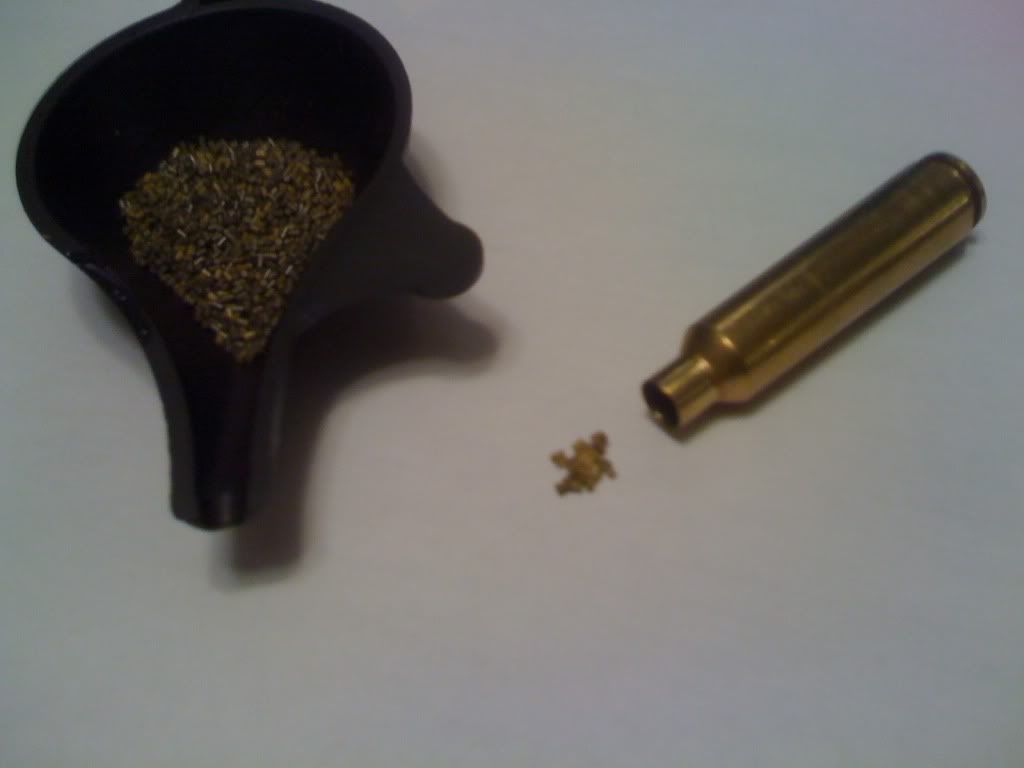Just finished the comp in AZ of the past weekend. As with all of these they are a learning experience and as such I am still learning. Unfortunately during one of the highest point total stages I had multiple “failure to fire”. They appear to have solid primer strikes and after the fact I went through that specific box of ammo and checked if I had seated the primers deep enough (none would budge or seat deeper).
History of the brass. They were originally loaded and fired “factory” ammo. They were all cleaned trimmed, and primed. They were randomly pulled from approximately 800 pieces of brass that had all gone through the same process.
They were stored and transported in a MTM Case Guard. The comp had a significant amount of rain and this ammo did become damp but by no means was it significantly “wet”.
Would like to hear others thoughts on what might have happened and more importantly how to prevent it from happening in the future.
Pulled ten bullets apart with what appears to be solid primer strikes.





The powder did not appear to be “clumping” in any manner
History of the brass. They were originally loaded and fired “factory” ammo. They were all cleaned trimmed, and primed. They were randomly pulled from approximately 800 pieces of brass that had all gone through the same process.
They were stored and transported in a MTM Case Guard. The comp had a significant amount of rain and this ammo did become damp but by no means was it significantly “wet”.
Would like to hear others thoughts on what might have happened and more importantly how to prevent it from happening in the future.
Pulled ten bullets apart with what appears to be solid primer strikes.





The powder did not appear to be “clumping” in any manner





